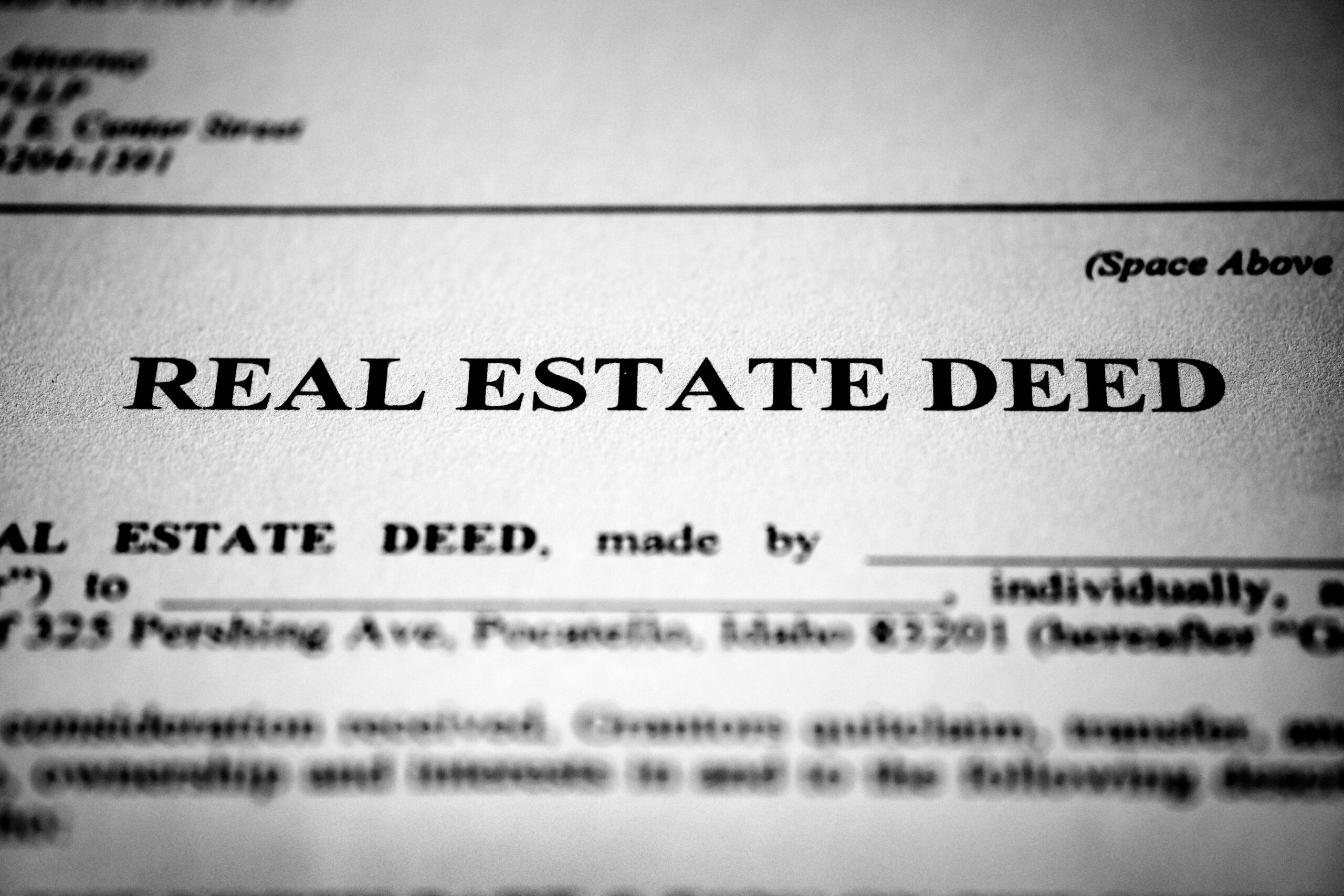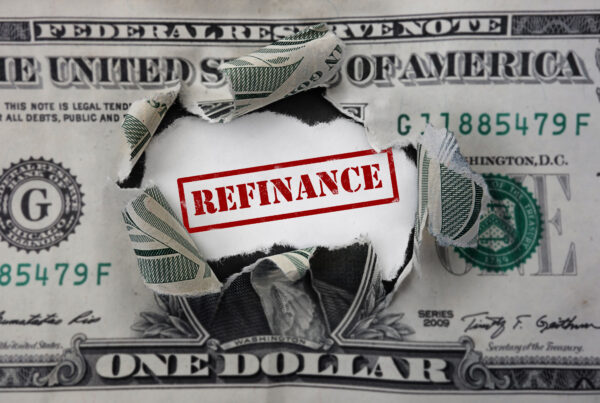During the home buying process, the transfer of property ownership from the seller to the buyer is a significant moment. Amidst the necessary paperwork to make this transition official, one crucial document is the property deed. In today’s blog, we will provide you with all the information about the significance and intricacies of a deed in a real estate transaction.

What is a deed?
A deed is a legally binding document that functions as proof of ownership or an individual’s stake in a property. Primarily used in real estate transactions, it facilitates the transfer of ownership rights from one party to another.
Deed vs title: What are the differences?
A deed and title are two distinct concepts in real estate. A deed is a legal document that transfers ownership of a property from one party to another. It serves as evidence of the transfer and includes details such as the parties involved, property description, and any conditions or restrictions. In contrast, a title refers to the legal right of ownership and possession of the property. It encompasses the entire history of ownership, including past transfers, liens, and encumbrances. While a deed is the physical document that facilitates the transfer, title represents the legal concept of ownership. A clear title ensures that there are no competing claims or issues that could challenge ownership rights.

What information is included in a deed?
A deed includes vital details such as the parties involved (grantor and grantee), property description (address, terms, conditions), granting clause (intent to transfer), consideration (value exchanged), habendum clause (ownership extent), exceptions/reservations, covenants (title guarantee), and signatures with acknowledgment.
What are the different types of deeds?
There are different types of deeds, but the most common types are warranty deeds and quitclaim deeds. A warranty deed guarantees that the seller has the legal right to sell the property and promises to defend the buyer against any claims to the ownership of the property. On the other hand, a quitclaim deed transfers ownership of the property from the seller to the buyer with no guarantee or promise of ownership.
To learn more about different types of deeds, check out our video here:
How are deeds executed and recorded?
For a legal transfer of ownership, the deed must be signed and notarized by both the buyer and seller. The deed is then formally recorded with the relevant government entity, typically the county recorder’s office, to establish an official public record documenting the ownership of the property.
What happens if your deed is not recorded properly?
Failing to record a deed can lead to significant issues, potentially resulting in a broken chain of titles in the long run. Without official recordation, the public remains unaware of the property transfer, potentially causing the previous owner to be recognized as the legal owner instead of the new grantee. This can lead to problems such as mortgage denials when the property deed is not recorded in the new owner’s name. Additionally, the absence of a recorded deed allows for the possibility of subsequent transfers to different grantees, potentially establishing stronger ownership claims. Thus, recording the deed is crucial for maintaining a clear and unbroken title chain.
By working with a title company and conducting a title search, potential issues arising from unrecorded deeds can be prevented. A title search helps uncover any unrecorded deeds by looking into public records and ensures that the property has a clear title before ownership transfer.
If you have any questions or concerns with the deed of your property, don’t hesitate to contact a title professional at Federal Standard Abstract.







